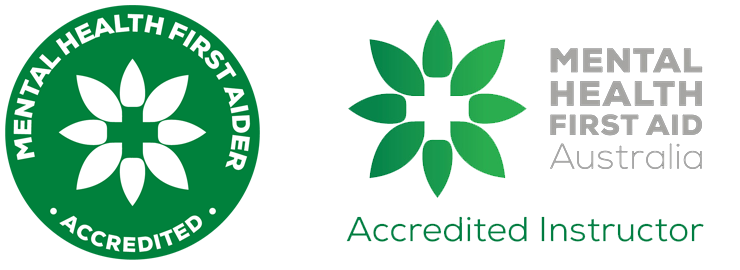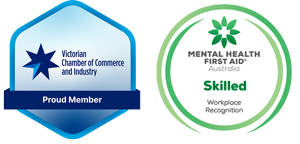
Bullying has received a lot of media attention in the last six months. In particular, the Anti-Bullying Laws that were effective from 1st January 2014 have received a lot of publicity but how do they affect you as a small business owner?
Whether you employ one person or one hundred, ask yourself the following questions:
Do you understand what Workplace Bullying looks like?
According to Worksafe, Workplace Bullying is characterised by persistent and repeated negative behaviour directed at an employee by another employee or group of employees that creates a risk to health and safety.
But would you recognise it if you saw it? Overt bullying such as name calling, threats and yelling is a lot easier to spot than the more passive aggressive forms such as exclusion, spreading rumours and withholding information.
Would you know what to do if an employee reported being bullied?
Do you have a grievance procedure that sets out the process for investigating a complaint for both employees and managers? Let’s be honest. It is not a situation you manage every day. The problem is that early and consistent interventions are the key to successfully managing Workplace Bullying. Clear guidelines mean that you have something to refer to so that you do not miss anything and the employees involved are given a fair process.
What if you suspect bullying but the employee has not come forward?
It is your obligation as an employer to eliminate, so far as is reasonably practicable, risks to the health and safety of your employees. This means that if you are aware of Workplace Bullying but do not act, you are knowingly allowing a risk to your employee.
You will need a clear understanding of what constitutes workplace bullying and act if you suspect it is happening in your workplace. Your employees need to understand that you take it seriously and that they can come to you to discuss any issues that they. A culture of open communication will mean they are more likely to come to you early before it gets out of control.
Do you have a policy in place?
If the answer is no, you may be wondering how a piece of paper can help you. A good policy not only clearly sets out what behaviour is not acceptable but includes the processes for making of a complaint and investigating a grievance.
Even if you have a policy in place, on its own it is not enough. You need to include it in your inductions for new employees and regularly provide ongoing training. I always advise providing training on bullying to employees when you introduce the policy and then use staff meetings to occasionally remind employees of the content and what they should do if they have concerns.
So what does this all mean for you as an employer?
The Anti-Bullying provisions under the Fair Work Act (2009) allow an employee to directly lodge a complaint with the Fair Work Commission (FWC). Whilst the guidelines encourage employees to first try to resolve these issues in their workplace, they can go straight to the FWC without first raising a grievance with their employer.
You need to proactively manage the risk to demonstrate that you have done everything in your power to prevent Workplace Bullying in the first place. As a small business owner, you may believe that you have low risk. Speak to any employer that has dealt with a bullying compliant and they will tell you that it will not only cost you money in compensation, but it will definitely cost you in time, something which we all have in short supply.
Prevention is certainly more effective than the stress of a complaint so by proactively addressing Workplace Bullying you can reduce your risk. If you need assistance in implementing a Workplace Bullying policy or training for your employees, speak to Strawberry Seed Consulting.



